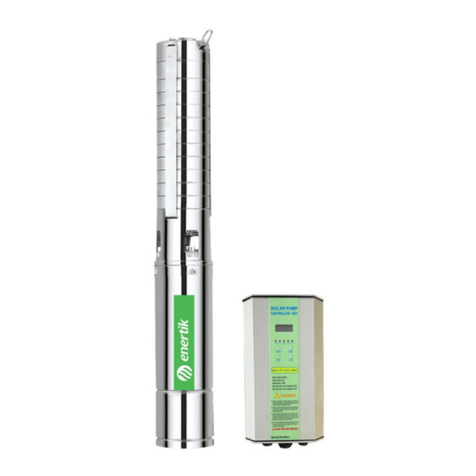
A combination of multiple tracking algorithms enables tracking the maximum power point quickly and accuratelyInnovative Max Power Point Tracking(MPPT) technology, tracking efficiency >99.9%Full digital technology, high charge conversion efficiency up to 98%Real-time energy statistics functionFlexible System battery selection: Liquid, Gel, AGM and Lithium Four stages battery charging process: MPPT, boost, equalization, floatDual automatic protection to avoid exceeding the rated charging power and currentMultiple load control modes: Always on, Dusk to Dawn, Evening and ManualIoT wireless communication or Bluetooth communication functions optionalOptional APP version for Bluetooth communicationWith the wireless communication function of the IoT, the controller can be connected remotely through IoT/GPRSMonthly charging data can be calculated and displayed by grouping and graphsBased RS-485 standard Modbus protocol with RJ11 interface to maximize the communication needs of different occasions.Full automatic electronic protect function for increased charge controller availabilityLCD display design, read operating data and working condition easily12/24/36/48V automatic recognitionPerfect EMC & thermal designExtends battery life through accurate remote temperature sensorController is protected against over-temperature due to built-in power reduction functionMP series solar controller is based on an advanced maximum power point tracking (MPPT) technology developed,
dedicated to the solar system, the controller conversion efficiency up to 98%.
It comes with a number of outstanding features, such as:MPPT profileThe full name of the MPPT is maximum power point tracking. It is an advanced charging way which could detect the real-time power of the solar Modulel and the maximum point of the I-V curve that make the highest battery charging efficiency. Current Boost Under most conditions, MPPT technology will "boost" the solar charge current. MPPT Charging:Power Into the controller (Pmax)=Power out of the controller (Pout) Iin x Vmp= Iout x Vout* Assuming 100% efficiency. Actually, the losses in wiring and conversion exist. If the solar module's maximum power voltage (Vmp) is greater than the battery voltage, it follows that the battery current must be proportionally greater than the solar input current so that input and output power are balanced. The greater the difference between the Vmp and battery voltage, the greater the current boost. Current boost can be substantial in systems where the solar array is of a higher nominal voltage than the battery as described in the next section.2, Overview2.2 MPPT2




























